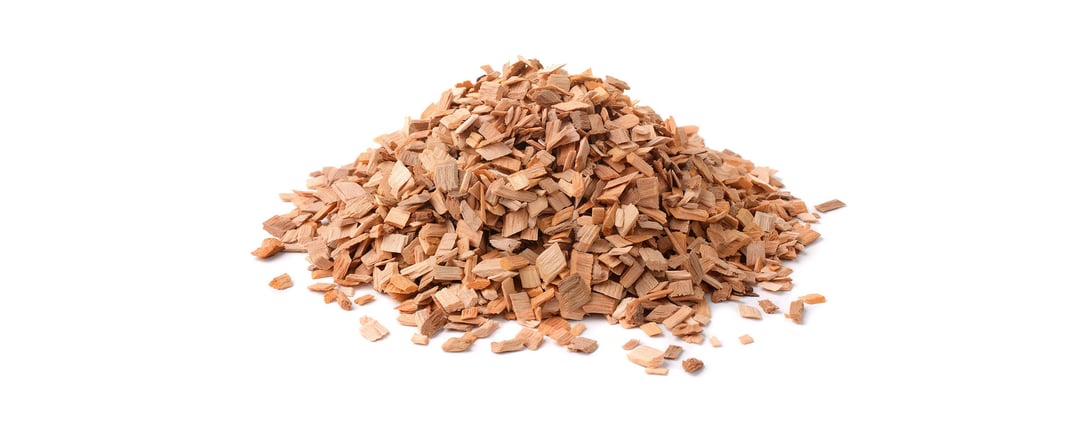In the last decade, Lyocell fibres made an introduction into the world of workwear. Especially in the past years we have seen an increase in the use of Lyocell fibres due to environmental awareness in the textile industry. In that light, Lyocell is a very interesting alternative to cotton. In this blog, we will discuss the advantages of Lyocell and make you aware of the possibilities this innovative fibre brings.
Cotton clothing: Why change a winning team?
Chances are that you wear cotton on a daily basis. It is a commonly used fibre – for example in trousers, T-shirts and coveralls – which offers good comfort, durability and moisture management. However, the production process of cotton to clothing is responsible for a rather big percentage of global pesticide use. Just like other industries, parties in the workwear industry work very hard to offer sustainable solutions. Not only in the use of materials, but also in production processes.
If you are curious to find out how you can be more sustainable when it comes to your workwear, one of the things you can do is to start looking for alternatives to cotton. Lyocell is one of those cotton alternatives that you might find interesting.
By introducing Lyocell, fabric suppliers are now able to produce fabrics with ‘natural’ fibres that have a lower ecological footprint. Lyocell is produced in a closed-loop process that transforms wood pulp into bio-cellulose fibres, where more than 99% of the solvent is recovered and reused. All Lyocell fibres are harvested from natural forests and sustainably sourced plantations without the use of chemical pesticides. Combined with Lyocell’s optimized water footprint – the water scarcity impact of Lyocell fibres is reduced from 994 L/kg cotton fibre to 46L/kg Lyocell fibre – and energy-efficient laundry processes, its ecological footprint is significantly lower.
Besides these favourable characteristics in terms of sustainability, Lyocell fibres offer a lot of other advantages which we will highlight below.
The advantages of Lyocell fibres: Comfortable, durable and extreme colour retention
Lyocell is already a widely accepted fibre in the consumer market. Leaving out the sustainable aspect of Lyocell we have just mentioned, we can summarize the advantages of the fibre in protective clothing as follows:
- Good moisture management: Lyocell absorbs up to 50% more moisture than cotton. It also has a better evaporation of moisture to the air, resulting in a more dry and comfortable feel.
- Great softness on the skin: cotton fibres have impurities, which can affect the level of comfort. Lyocell fibres have a smoother surface, making it feel more pleasant on skin than cotton.
- High colour performance: the fibres have high mechanical properties and excellent colour retention capabilities, even after repeated industrial laundering.
- Highly durable: proven and very suitable for industrial laundering.
Are you curious if you should consider Lyocell fibres for your workwear?
As a Health & Safety professional, there are many things that you can do to implement sustainability in your safety culture. One step towards that direction is to inform yourself on the fabrics that are available on the market, and the trends that shape the workwear clothing industry. Peter van Barneveld, Product Manager, brings you up to date with these 6 industry trends. This whitepaper contains the latest fibres & fabrics trends and garment trends, and offers you even more information about Lyocell. Download it here.



![6 Industry trends [EN]](https://eu.tencatefabrics.com/hs-fs/hubfs/EU%20-%20Images%20website/EU%20-%20Mock-up%20nieuwe%20afmetingen/6%20Industry%20trends%20%5BEN%5D.png?width=170&name=6%20Industry%20trends%20%5BEN%5D.png)



.png?width=399&name=Untitled%20design%20(50).png)
